Description
What Are Pipeline Pigs?
Pipeline pigs are specialized devices designed to perform maintenance and inspection tasks within pipelines. Operators insert these pigs into the pipeline, where they travel through the pipe, driven by the flow of the product or external pressure. The primary functions of pipeline pigs include cleaning the interior of the pipeline, inspecting its condition, and separating different products within the pipeline.
Primary Functions of Pipeline Pigs
- Cleaning: Pipeline pigs remove debris, deposits, and buildup from the interior walls of the pipeline. This helps maintain an unobstructed flow and ensures the efficiency of the pipeline.
- Inspection: Certain types of pigs, known as inspection pigs or smart pigs, carry tools that collect data on the pipeline’s condition. They can detect issues such as corrosion, cracks, and other defects.
- Separation: Batching pigs are used to separate different products within the same pipeline. This prevents contamination and ensures the integrity of the transported products.
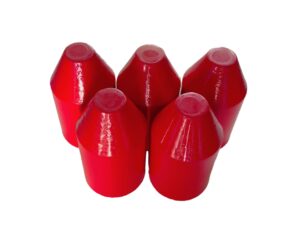
Importance of Correct Dimensions
Choosing the correct dimensions for pipeline pigs is vital for the effective and safe operation of pipeline systems. Accurate dimensions ensure that the pig can perform its intended functions—such as cleaning, inspection, and separation—without causing issues or damage to the pipeline.
Why Accurate Dimensions Are Crucial
- Optimal Cleaning Performance: Correctly sized pigs maintain close contact with the pipeline walls, ensuring thorough cleaning. This contact is essential for removing debris, deposits, and buildup that can impede flow and efficiency.
- Effective Inspection: Inspection pigs need to fit precisely within the pipeline to accurately scan and collect data on the pipeline’s condition. Proper dimensions ensure that sensors and measurement tools can detect defects, corrosion, and other issues accurately.
- Efficient Product Separation: Batching pigs must have the right dimensions to create an effective seal within the pipeline, preventing cross-contamination between different products. Accurate dimensions ensure that each batch of product remains uncontaminated.
- Smooth Navigation: Properly sized pigs can navigate bends, valves, and other fittings within the pipeline smoothly. This reduces the risk of the pig getting stuck or causing disruptions in the pipeline flow.
Consequences of Incorrect Dimensions
- Incomplete Cleaning: If a pig is too small, it will not maintain sufficient contact with the pipeline walls, leading to incomplete cleaning. Debris and deposits may remain, reducing flow efficiency and potentially causing blockages.
- Ineffective Inspection: An inspection pig that is too small or too large may not collect accurate data. A pig that is too small might miss defects, while one that is too large could get stuck or damaged, leading to inaccurate assessments of the pipeline’s condition.
- Product Contamination: Batching pigs that do not fit properly can fail to create a tight seal, leading to cross-contamination between different products. This can compromise the quality and integrity of the transported products.
- Pipeline Damage: Oversized pigs can exert excessive pressure on the pipeline walls, potentially causing damage or deformation. Conversely, undersized pigs can bounce around within the pipeline, leading to wear and tear on both the pig and the pipeline.
- Increased Operational Costs: Incorrectly sized pigs can lead to frequent maintenance issues, repairs, and downtime. This increases operational costs and reduces the overall efficiency of the pipeline system.
- Safety Hazards: Improperly sized pigs can create safety hazards for operators and the environment. For example, a stuck pig can lead to pressure buildup and potential pipeline failure, posing significant risks.
Factors Affecting Pig Dimensions
- Pipeline Diameter: The primary factor in determining the dimensions of a pipeline pig is the diameter of the pipeline. The pig must fit snugly within the pipe to ensure effective performance, whether for cleaning, inspection, or product separation. A pig that matches the pipeline diameter maintains optimal contact with the pipe walls, ensuring thorough cleaning and accurate data collection.
- Pipeline Material and Condition: The material and current condition of the pipeline also influence the choice of pig dimensions. For example, older pipelines with internal corrosion or deposits may require pigs with slightly different dimensions to navigate safely and perform effectively. Additionally, different materials (such as steel or plastic) might affect the pig’s design and flexibility, necessitating adjustments in its size.
Common Dimensions and Standards
Pipeline pigs come in various standard sizes to fit a range of pipeline diameters, ensuring they perform efficiently and safely. These standard dimensions are often dictated by industry guidelines and the specific requirements of different pipeline systems.
Standard Pig Sizes for Various Pipeline Diameters
Pipeline pigs are typically available in sizes that match the common diameters of pipelines used in various industries. Here are some examples of standard pig sizes:
- 2-inch Pipeline: Pigs for 2-inch pipelines often have a diameter of approximately 1.9 to 2.1 inches.
- 4-inch Pipeline: Pigs for 4-inch pipelines generally range from 3.8 to 4.2 inches in diameter.
- 6-inch Pipeline: Pigs designed for 6-inch pipelines usually measure about 5.8 to 6.2 inches in diameter.
- 8-inch Pipeline: Pigs for 8-inch pipelines typically have a diameter ranging from 7.8 to 8.2 inches.
- 12-inch Pipeline: Pigs for 12-inch pipelines often range from 11.8 to 12.2 inches in diameter.
- 24-inch Pipeline: Pigs for larger pipelines, such as 24-inch pipelines, typically measure around 23.8 to 24.2 inches in diameter.
These standard sizes ensure that pigs fit snugly within the pipeline, maintaining optimal contact with the pipe walls for effective cleaning, inspection, or separation.

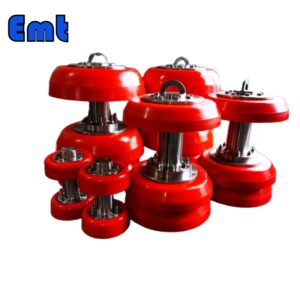 Pipeline Pigging Products
Pipeline Pigging Products 


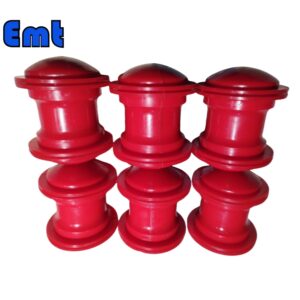

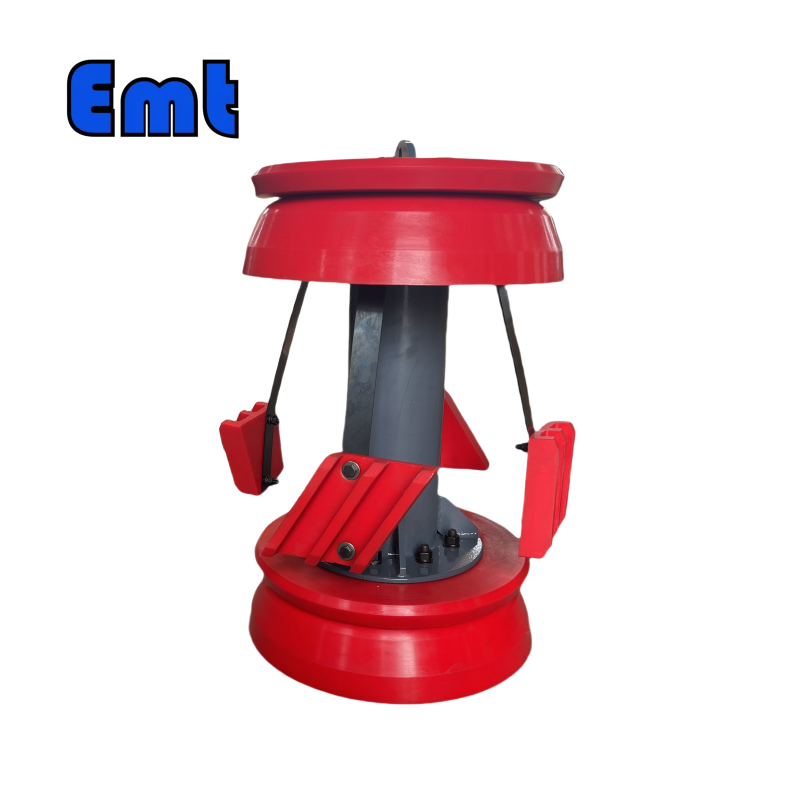
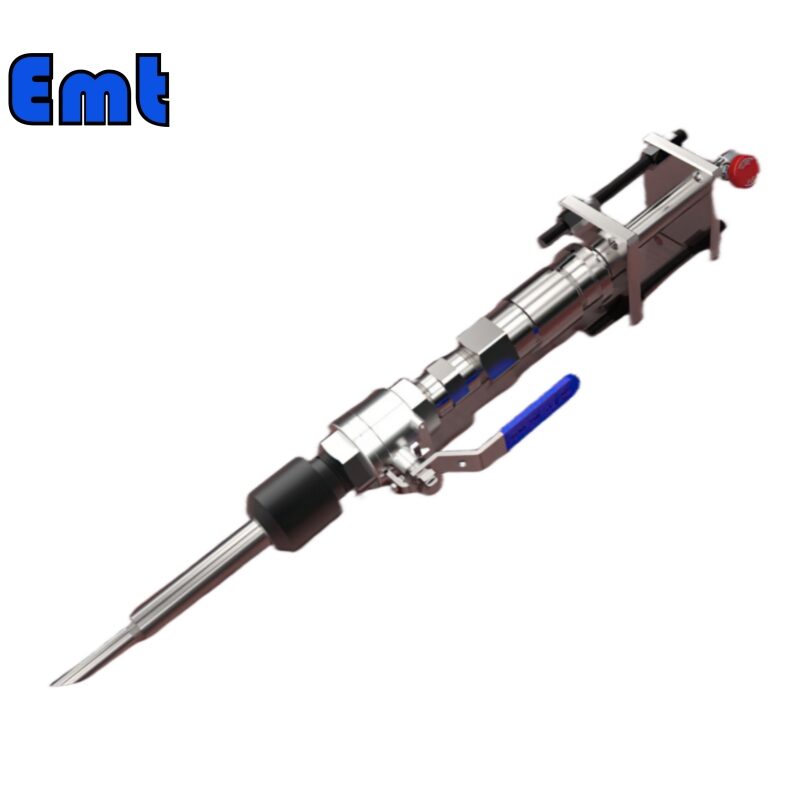
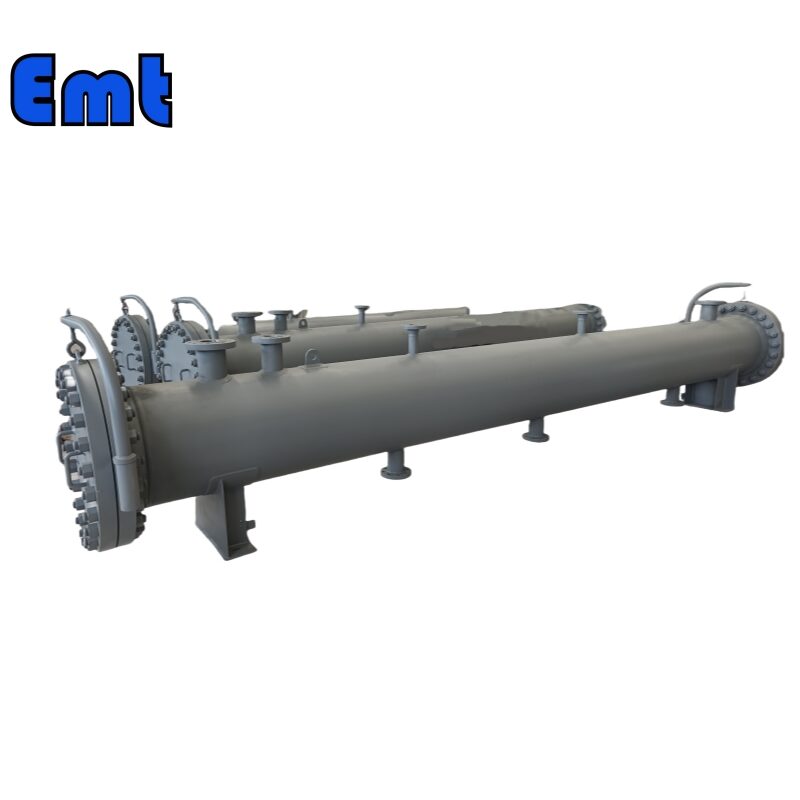
Reviews
There are no reviews yet.